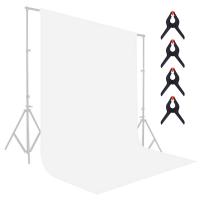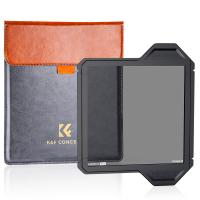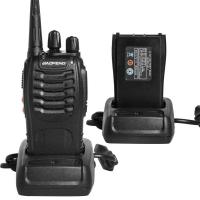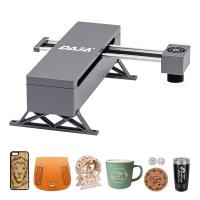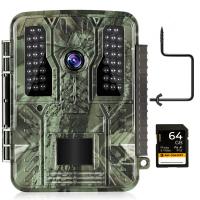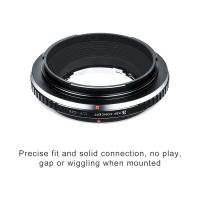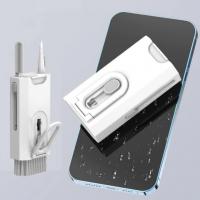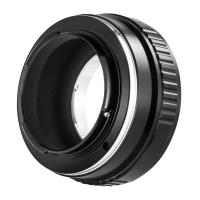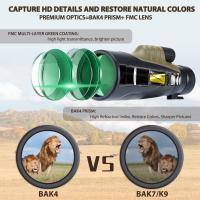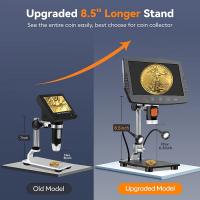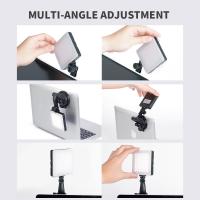How To Choose The Best Binoculars ?
When choosing the best binoculars, consider factors such as the intended use, magnification power, objective lens size, field of view, and image quality. Additionally, factors like durability, weight, and comfort should be taken into account. It is also important to consider your budget and read reviews from reputable sources to make an informed decision.
1、 Magnification power
When it comes to choosing the best binoculars, one of the most important factors to consider is the magnification power. Magnification power refers to how much closer the binoculars can make an object appear compared to the naked eye. It is typically denoted by a number followed by an "x", such as 8x or 10x.
The choice of magnification power depends on the intended use of the binoculars. For general purposes like birdwatching or wildlife observation, a magnification power of 8x or 10x is usually sufficient. Higher magnification, such as 12x or 16x, can provide a closer view but may also result in a narrower field of view and reduced image stability due to hand shake.
It is important to note that higher magnification does not always mean better. In fact, using binoculars with very high magnification can make it difficult to maintain a steady image, especially without the aid of a tripod. Additionally, higher magnification can also amplify any hand shake or movement, resulting in a shaky image.
In recent years, there has been a growing trend towards binoculars with lower magnification power, such as 8x or 7x. This is because lower magnification provides a wider field of view, making it easier to locate and track moving objects. It also offers better image stability, especially when hand-held.
Ultimately, the choice of magnification power should be based on personal preference and the specific needs of the user. It is recommended to try out different magnification powers before making a purchase to determine which one feels most comfortable and suits the intended purpose.
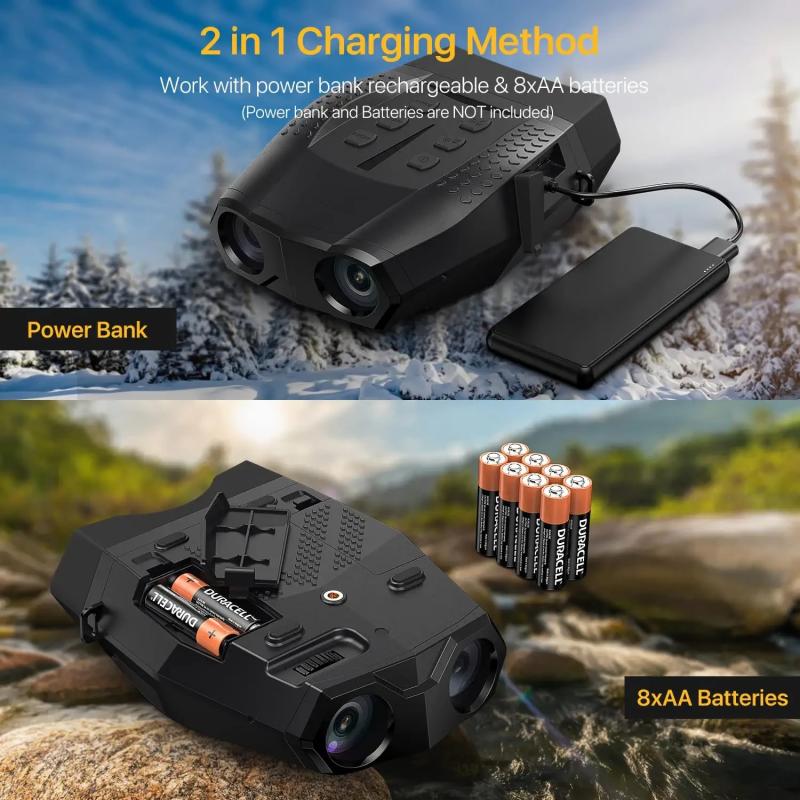
2、 Objective lens diameter
When it comes to choosing the best binoculars, one of the most important factors to consider is the objective lens diameter. The objective lens is the larger lens at the front of the binoculars, and its diameter is measured in millimeters. The objective lens diameter plays a crucial role in determining the performance and capabilities of the binoculars.
A larger objective lens diameter allows more light to enter the binoculars, resulting in brighter and clearer images. This is particularly important in low-light conditions, such as during dawn or dusk, or when observing objects in dense foliage. Therefore, if you plan on using your binoculars in low-light environments, it is recommended to choose a model with a larger objective lens diameter.
However, it is important to note that a larger objective lens diameter also means a larger and heavier pair of binoculars. This can make them less portable and more cumbersome to carry around. Therefore, it is essential to strike a balance between the desired image quality and the practicality of the binoculars.
Additionally, advancements in lens technology have allowed manufacturers to produce binoculars with smaller objective lens diameters that still provide excellent image quality. These compact binoculars are lightweight and easy to carry, making them a popular choice for outdoor enthusiasts and travelers.
In conclusion, when choosing the best binoculars, consider the objective lens diameter based on your specific needs. If you require superior image quality in low-light conditions, opt for a larger objective lens diameter. However, if portability is a priority, consider the latest compact binoculars that offer excellent image quality despite their smaller objective lens diameter.

3、 Field of view
When it comes to choosing the best binoculars, one of the most important factors to consider is the field of view. The field of view refers to the width of the area that can be seen through the binoculars at a specific distance. A wider field of view allows you to see more of the surrounding area, making it easier to track moving objects or observe a larger area at once.
To choose binoculars with the best field of view, you should consider the magnification power and the objective lens diameter. Higher magnification can reduce the field of view, so it's important to strike a balance between magnification and field of view. For general use, a magnification of 7x to 10x is recommended.
The objective lens diameter also plays a role in determining the field of view. A larger objective lens diameter allows more light to enter the binoculars, resulting in a brighter image and a wider field of view. However, larger objective lenses also make the binoculars heavier and bulkier.
It's worth noting that advancements in technology have led to the development of binoculars with wider fields of view. Some manufacturers have incorporated wide-angle or extra-wide-angle eyepieces, which can significantly increase the field of view. These eyepieces provide a more immersive viewing experience and are particularly beneficial for activities such as birdwatching or wildlife observation.
In conclusion, when choosing the best binoculars, consider the field of view by balancing the magnification power and objective lens diameter. Additionally, keep an eye out for binoculars with wide-angle or extra-wide-angle eyepieces for an enhanced viewing experience.
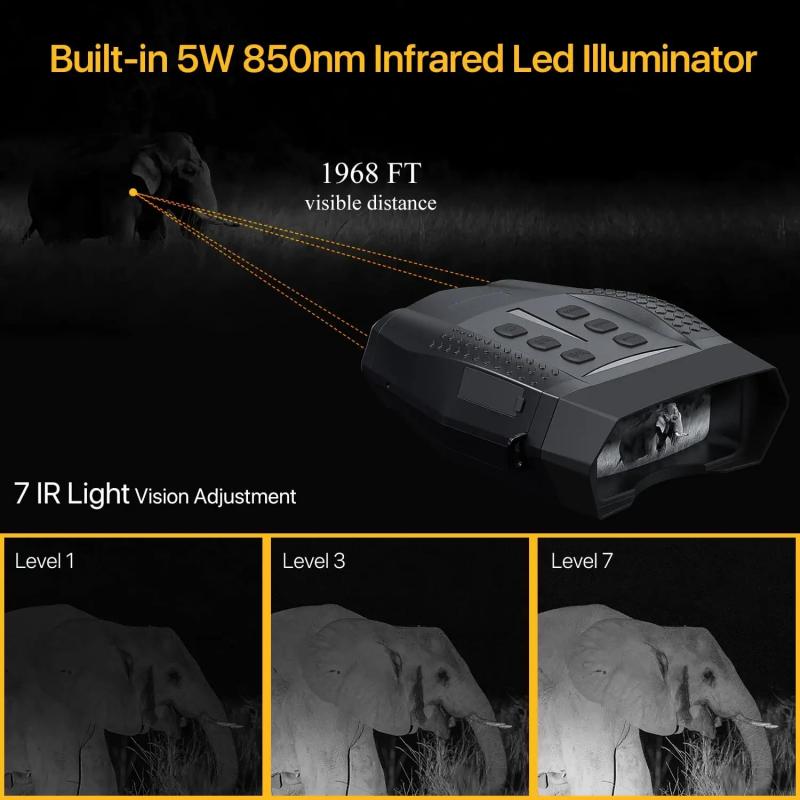
4、 Lens coating
When it comes to choosing the best binoculars, one of the most important factors to consider is lens coating. Lens coating refers to the thin layers of chemicals applied to the glass surfaces of binocular lenses to enhance their performance and image quality. It plays a crucial role in reducing glare, improving light transmission, and enhancing color fidelity.
There are several types of lens coatings available in the market, each offering different benefits. The most common types include:
1. Coated lenses: These have a single layer of coating on at least one lens surface. While they provide some improvement in image quality, they are not as effective as other types of coatings.
2. Fully coated lenses: These have a single layer of coating on all air-to-glass surfaces. They offer better light transmission and reduced glare compared to coated lenses.
3. Multi-coated lenses: These have multiple layers of coating on at least one lens surface. They provide superior image quality, increased light transmission, and reduced glare.
4. Fully multi-coated lenses: These have multiple layers of coating on all air-to-glass surfaces. They offer the highest level of image quality, excellent light transmission, and minimal glare.
When choosing binoculars, it is recommended to opt for fully multi-coated lenses as they provide the best optical performance. They allow more light to pass through the lenses, resulting in brighter and sharper images. Additionally, they minimize reflections and glare, ensuring a clear and crisp view.
It is worth noting that lens coating technology is constantly evolving, and manufacturers are continually improving their coatings to provide even better performance. Therefore, it is advisable to consider the latest advancements in lens coating technology when making a purchase.
In conclusion, lens coating is a crucial factor to consider when choosing the best binoculars. Opting for fully multi-coated lenses will ensure superior image quality, improved light transmission, and reduced glare. Stay updated with the latest advancements in lens coating technology to make an informed decision and enhance your viewing experience.





















